Because of its portability and platform-independence, Java is the ideal computer programming language to use when working on graph algorithms and other mathematical programming problems. Collecting some of the most popular graph algorithms and optimization procedures, A Java Library of Graph Algorithms and Optimization provides the source code for a library of Java programs that can be used to solve problems in graph theory and combinatorial optimization. Self-contained and largely independent, each topic starts with a problem description and an outline of the solution procedure, followed by its parameter list specification, source code, and a test example that illustrates the usage of the code. The book begins with a chapter on random graph generation that examines bipartite, regular, connected, Hamilton, and isomorphic graphs as well as spanning, labeled, and unlabeled rooted trees. It then discusses connectivity procedures, followed by a paths and cycles chapter that contains the Chinese postman and traveling salesman problems, Euler and Hamilton cycles, and shortest paths. The author proceeds to describe two test procedures involving planarity and graph isomorphism. Subsequent chapters deal with graph coloring, graph matching, network flow, and packing and covering, including the assignment, bottleneck assignment, quadratic assignment, multiple knapsack, set covering, and set partitioning problems. The final chapters explore linear, integer, and quadratic programming. The appendices provide references that offer further details of the algorithms and include the definitions of many graph theory terms used in the book.
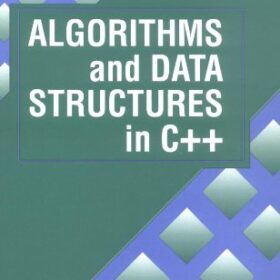 Algorithms and Data Structures in C++ eBook
$15.00
Algorithms and Data Structures in C++ eBook
$15.00
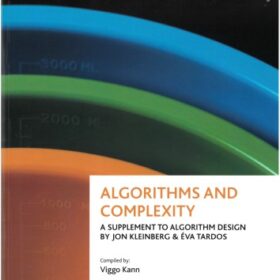 Algorithms and Complexity : A supplement to Algorithm Design by Jon Kleinberg & Éva Tardos eBook
$15.00
Algorithms and Complexity : A supplement to Algorithm Design by Jon Kleinberg & Éva Tardos eBook
$15.00
Algorithms and Complexity eBook
$15.00
- Delivery: Can be download immediately after purchasing. For new customer, we need process for verification from 30 mins to 24 hours.
- Version: PDF/EPUB. If you need another version, please Contact us
- Quality: Full page, full content, high quality images, searchable text and you can print it.
- Compatible Devices: Can be read on any devices (Kindle, NOOK, Android/IOS devices, Windows, MAC,..).
- e-Book Features: Purchase and read your book immediately, access your eTextbook anytime and anywhere, unlimited download and share with friends.
- Note: If you do not receive the download link within 15 minutes of your purchase, please Contact us. Thank you!

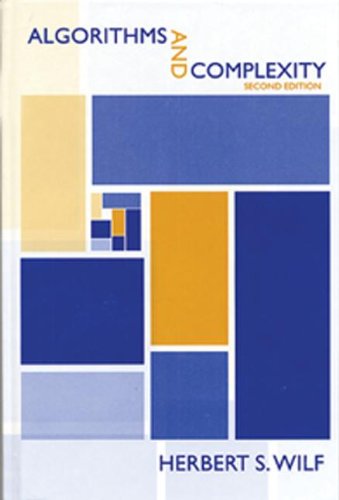
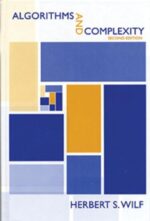
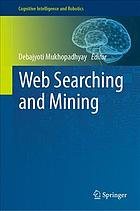
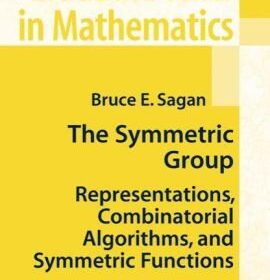
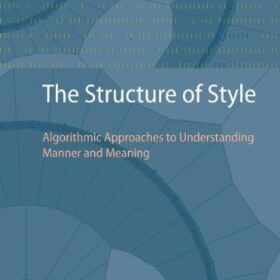
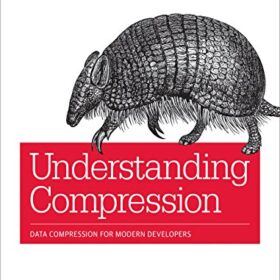
Reviews
There are no reviews yet.